- Umang Sagar
- National Issue, Recent article, World Issue
Petroleum Crisis
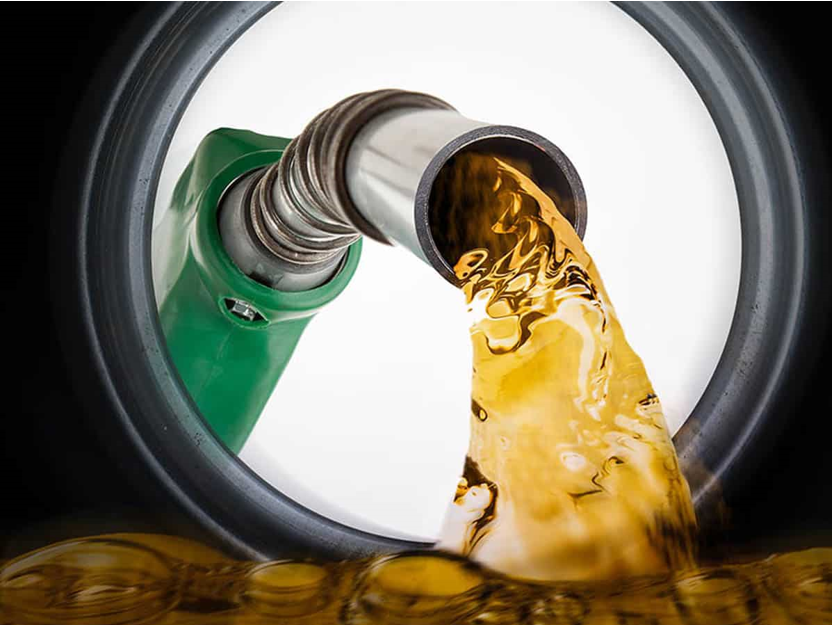
All non-renewable resources are extracted from sources that will not be replenished or recharged in our lifetimes or for the many many lifetimes ahead.
Some of the non-renewable energy sources are resourced or extracted from coal, petroleum, fossil fuels, and natural gas. Carbon distinctively forms the main element in fossil fuels. The time taken for the fossil fuels to form is huge. It took millions of years to form, the time period which is known as the Carboniferous period. Plants, plankton, and algae generally growing up in wetlands absorb sunlight and create energy through photosynthesis. There were energies stored in the plants and animals when they die, these organisms drifted to the bottom part of the ocean over time getting crushed under the seabed. Rocks, stones, and other sediments layered upon them creating high heat and pressure in the underground. Thus, in this environment, the plants and animal fossils eventually turned into fossils. Today, there remains a huge number of these underground reservoirs of non-renewable resources of energy all over the world.
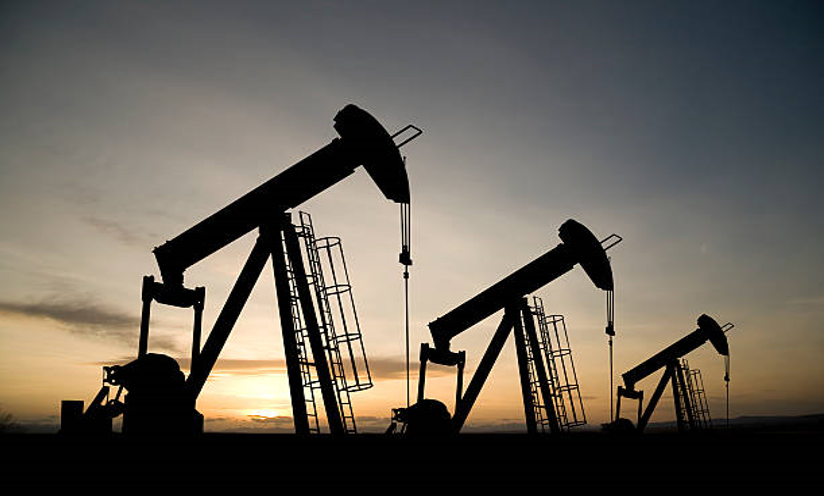
Petrol, or also known as crude oil is a liquid form of fossil fuel. These liquid fossils are trapped in the underground rocks, or in some places oil bubbles out right from the ground. Most of the oil is still deep underneath the ground and we have to dig it up in order to be able to use it. Of these huge number of reservoirs some are on land, and some are underneath the ocean floor.
Petroleum is usually dark brown or black in color. Sometimes it can also be yellowish, reddish tan or even greenish. This distinction in color can indicate the variation of distinct chemical compositions of different supplies in petroleum or crude oil. Petroleum that has less number of metals or sulfur, tends to be lighter or sometimes nearly clear. The oil has many uses in our everyday lives for example it is used in the making of gasoline. It is processed and used in different items like in tires, life jackets, refrigerators and anesthetics. Thus, petroleum is an important resource which should be conserved else eventually the oil supplies will run out. The world might reach to ‘peak oil’ or it’s highest production level.
Petroleum Prices In Different Countries
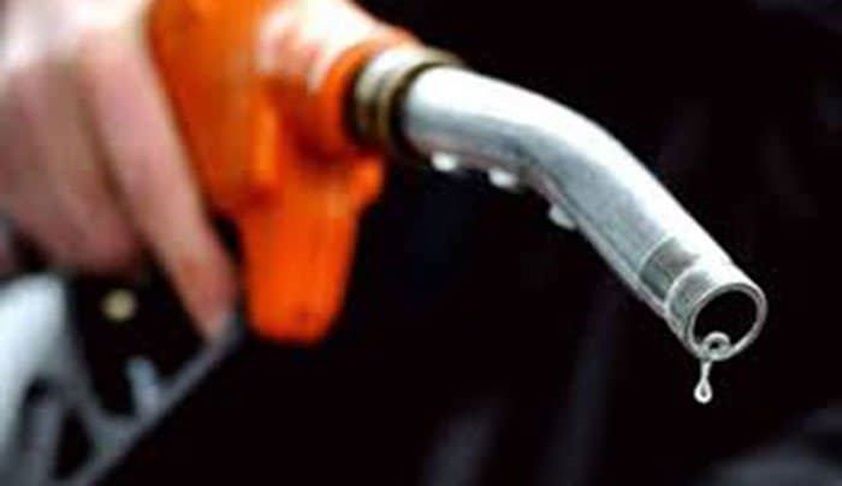
- It is estimated that the average price of petroleum around the world is 1.24 U.S Dollars per liter. However, all countries have a similar kind of access to the petroleum prices of international markets but at the same time, different countries pose different amounts of taxes on petroleum. The reason why the retail price of petrol is different. As a widespread rule, countries that are richer pose heavier prices on petrol, and countries that are poorer or produce oil pose cheaper prices. Though the U.S.A being a richer country is an exception in this as they impose lower prices on petrol.
Below is the table, there are petroleum prices in gallons, from across the world…
| Country | Price (In Gallons) |
| Venezuela | 0 |
| Iran | 0.06 |
| Syria | 0.231 |
| Angola | 0.268 |
| Algeria | 0.332 |
| Kuwait | 0.348 |
| Nigeria | 0.403 |
| Turkmenistan | 0.428 |
| Ethiopia | 0.456 |
| U.S.A | 0.993 |
| Zambia | 1.007 |
| Taiwan | 1.137 |
| Peru | 1.141 |
| Ghana | 1.141 |
| Nepal | 1.142 |
| Costa Rica | 1.148 |
| Bhutan | 1.16 |
| Ukraine | 1.205 |
| Fiji | 1.208 |
| Australia | 1.208 |
| Moldova | 1.217 |
| Thailand | 1.229 |
| Philippines | 1.23 |
| Brazil | 1.237 |
| S. Africa | 1.258 |
| Singapore | 1.889 |
| Germany | 1.891 |
| New Zealand | 1.9 |
| Ireland | 1.949 |
| France | 1.872 |
| Iceland | 2.009 |
| Greece | 2.01 |
| Sweden | 2.091 |
| Finland | 2.106 |
| Denmark | 2.15 |
| Israel | 2.205 |
| Netherlands | 2.264 |
| Hong Kong | 2.631 |
Different Petrol Brands In India
India that mainly works by importing petrol from different countries has petrol pumps that are spread across the wide length and breadth of the country. There are six petrol pump brads currently working in India.
They are; Indian Oil Corporation being the largest one of the oil and gas companies which owns most of the filling stations. Next, we have Hindustan Petroleum and Bharat Petroleum. Followed by Shell, Reliance Petroleum, and Essar Oil respectively.
1. The Indian Oil Corporation or IOC is one of the largest oil companies in India owned by the government of India. It also provides electric charging stations for electric vehicles at its filling station.

2. Bharat Petroleum being the second largest of the oil companies in India is having refineries situated in Kochi and Mumbai.
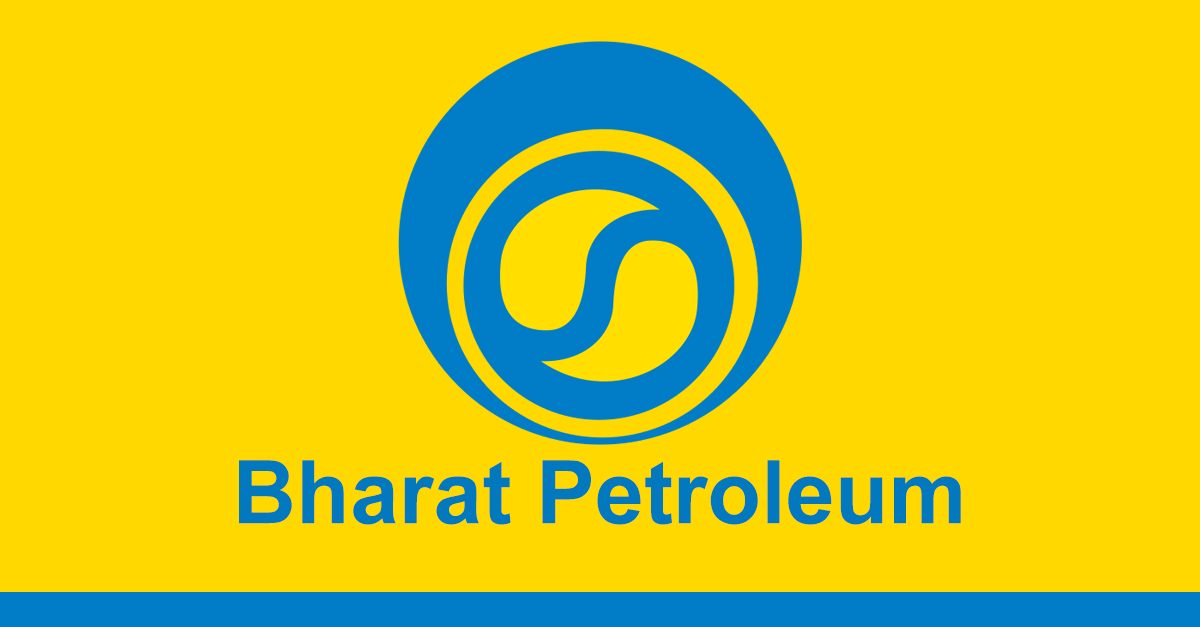
3. Hindustan Petroleum or HPCL is one of the most trusted brands in India. The firm operates two of the biggest refineries in the country and produces an arrangement of petroleum fuels.
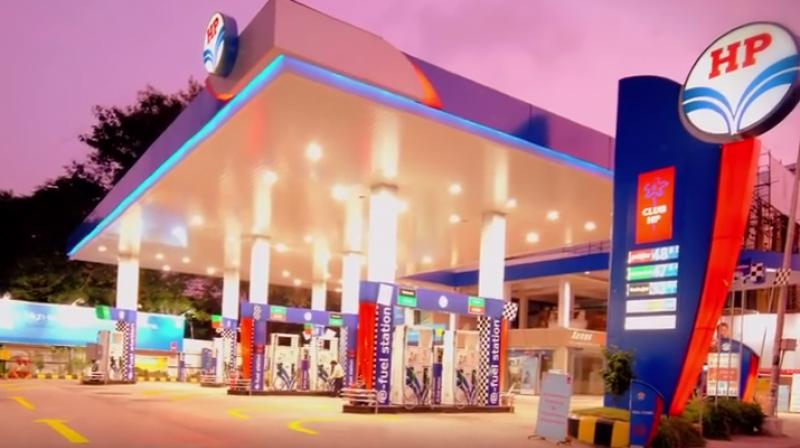
4. Shell is operated by the Royal Dutch Shell that presently holds over a hundred filling stations in India.
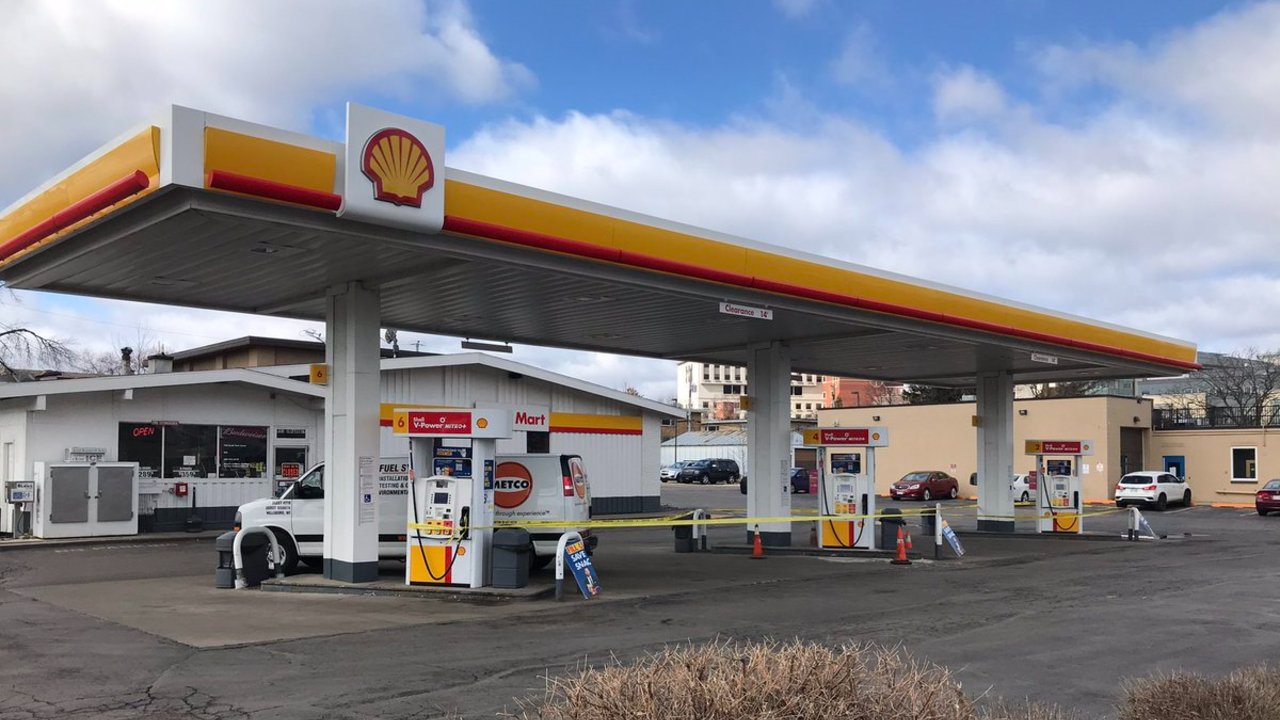
5. Next comes Reliance Petroleum Industries which is owned by the Indian conglomerate is the largest private functioning oil firm in India.
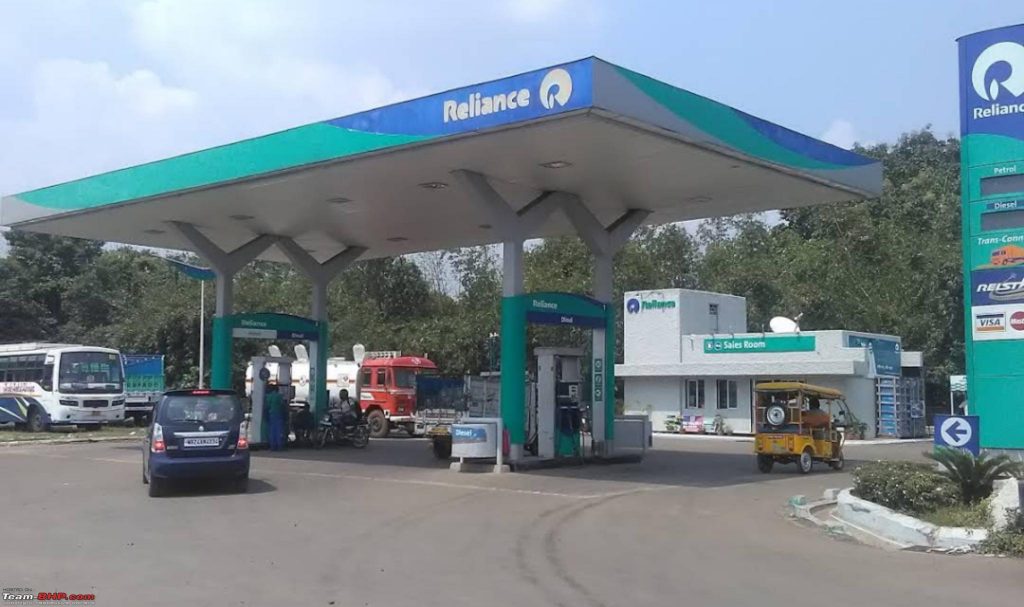
6. Lastly, we have Essar Oil having over 1400 petrol pumps located across India.
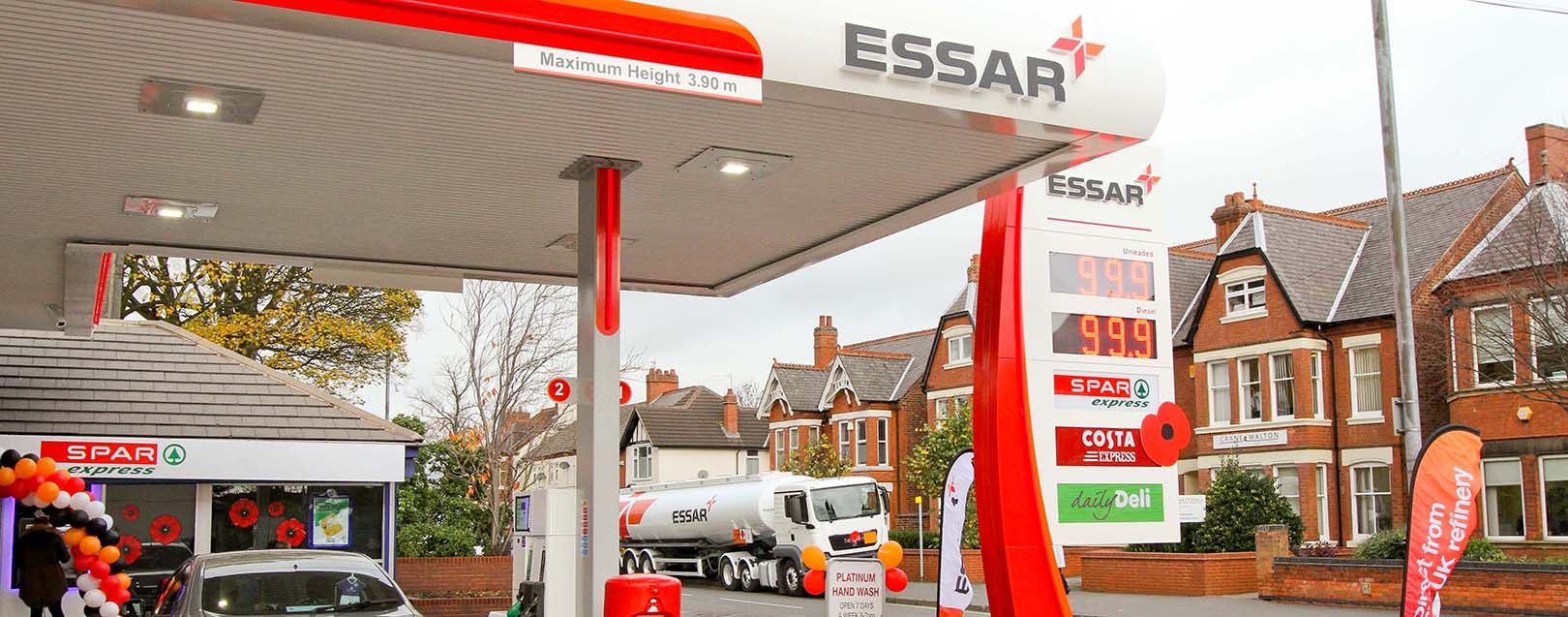
Petrol Price Hike In India
- Petrol prices are on a rise again in India. The price hiked by 35 paise per litre making it the fourth great hike in as many days. The upcoming increase in price has jolted the total rise in petrol rates to 36 Rupees per litre since earlier in May 2020. Petrol in Delhi costs Rupees 107.24 per litre as per the record of the state-owned fuel retailers. In Mumbai the price stands at Rupees 113.12 per litre. The continual increase in the international oil prices has pushed pump rates in across the country to their highest ever levels. The excise duty on petroleum has been hiked to bring up gains and accrue to consumers from international oil prices going as low as USD 19 per barrel. Oil Minister Hardeep Singh Puri claimed that cutting excise duties on petrol is corresponded to “axing one’s own feet”, He added that such hikes in prices actually helped to fund the government in providing Covid-19 vaccines, meals and cooking gas to millions amidst the pandemic.
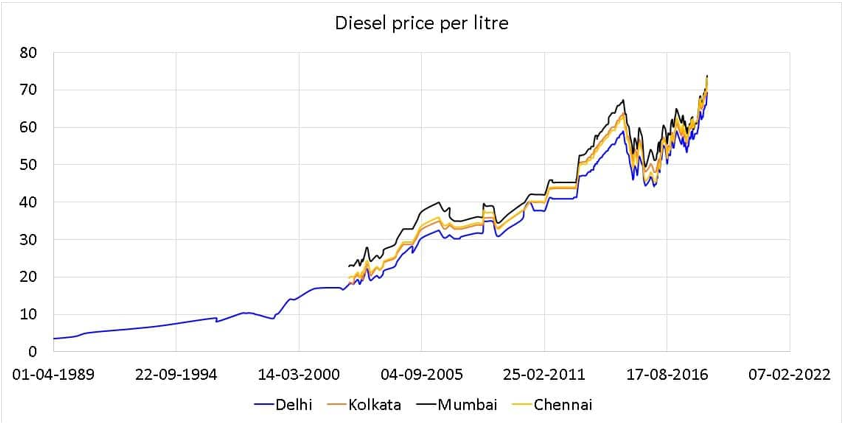
- The key oil-producing countries have increased the crude oil supplies despite a sharp increase in prices. The price of Brent crude oil has nearly doubled in contrast to the price of 42.5 Dollars per barrel a year ago. In its latest meetings, the OPEC+ group of oil-producing countries stated that they would increase the supply of crude oil by 400,000 barrels per day in November despite the sharp increase in prices.
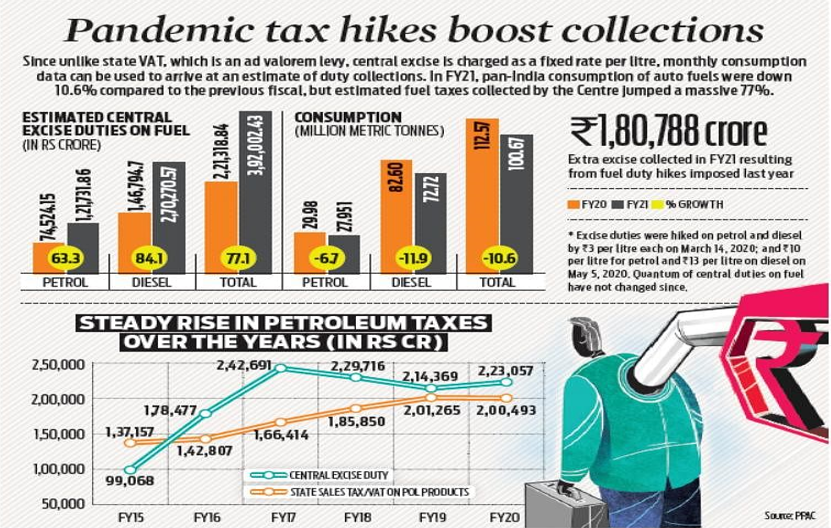
- Low supply rates of crude oil from US has also been another reason why petrol prices have elevated. As the global recovery is rapidly rising, the price of crude oil is also taking a rise in strength since 2018. The Petroleum Ministry is trying to look at the fact of lowering the official selling price for India. A word from Mr. Vivekanand Subbaraman, an analyst at Ambit Capital has that, the producers of crude oil that had cut production of crude oil when the prices were low, maybe be waiting for a rise in price to sustain before restarting production.
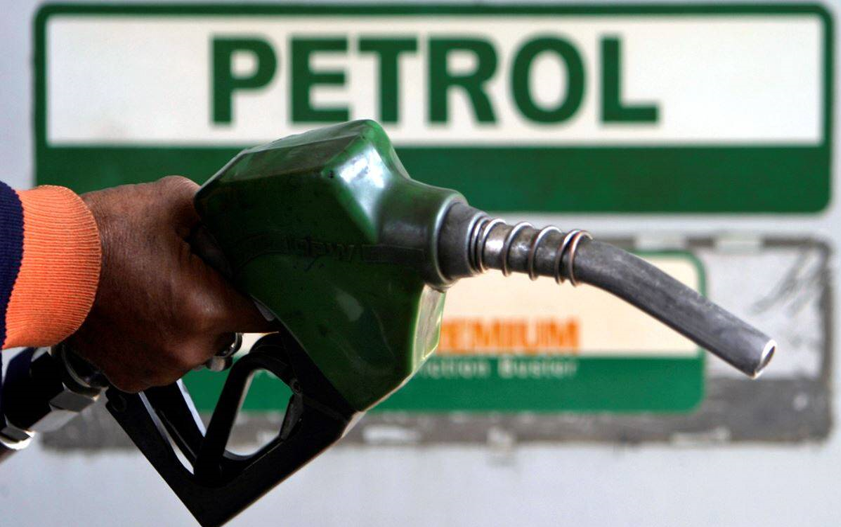
Further, elevated tax levels are also a reason for the rise in the crude oil price in India. Last year the Central Government has increased levies on petrol by Rs. 13 per liter to get a rise in revenues as the pandemic forced a rapid slowdown in the economy. Central and state taxes are currently accounting for about 53.5 percent of the pump price in petrol. However, the sources from the Finance Ministry have plans otherwise, as they conclude that recently the government is not lowering the prices on petrol because lowering the price might have a consequence on funding the various schemes for providing free ration to the poor and the national Covid-19 vaccination program. India has seen a rapid consumption of petrol than diesel after pandemic-related restrictions.
The bulk of the petrol prices is on the account of Union government taxes. Till now no account of reducing prices has been heard from the Center. This has well been expected that petrol prices are not coming down at any time soon. Consumers are most likely to feel the jolt of buying petrol at higher prices.
Alternatives To Petrol
There are alternatives to petrol which can very well be used in the vehicles and form a good replacement option in place of petrol. Some of them are as follows:-
Biodiesel, which is a renewable resource can be made from vegetable or animal fats, also from recycled restaurant grease. It’s similar enough to petrol but it burns much more cleanly creating lesser environmental havoc. It has a flashpoint of 130 degrees compared to that of diesel which is 52.
Electricity, as in electric cars have been there around for a while. Many hybrid vehicles use electricity in order to reduce fuel consumption. Although the problem is that charging point stations are not easily available for these vehicles.
Hydrogen is another alternative to petrol as it emits no greenhouse gas and in place has an emission of only water vapor and warm air. Although storing or extracting hydrogen requires a lot of energy.
Natural gas is widely used for a lot of purposes around the world. Although natural gas is a fossil fuel it has an alternative known as renewable natural gas. A major advantage to using renewable natural gas is that it is chemically similar to its fossil fuel brother, meaning the existing infrastructure is completely useable.
Criticism
The Meghalaya chief minister Conrad Sangma decided on reducing petrol prices. Prices of petrol has reached Rupees 91.26 per litre thus reducing it to approximately Rupees 7 both on petrol and diesel prices respectively. It has been done to set a relief amongst the consumers, so they are not affected.
Following the price hike, Shiv Sena MP Sanjay Raut has stricken to the Centre saying that despite being in power for seven long years, The Bhartiya Janata Party-led government could not bring down the price of petrol, further stating that whether the money is going to West Bengal? Also, that it is wrong if this is the actual reality.
The commotion was such that, the newly elected Maharashtra Congress Chief Nana Patole stated, if actors like Amitabh Bachchan and Akshay Kumar don’t take a grip on the issue of the petrol price hike, then a screening of their films and shooting shall also be barred in the state.
PM Modi has addressed the issue and stated that the problem lies with burdening the middle class every time due to the previous regimes. He further added that a nation so diverse and talented like ours has to remain energy import-depended which is a hard reality. Further stating that he does not want to criticize anybody, but our nation should have focused on not burdening the middle class from much earlier had we planned on tackling the issue much beforehand.
We are paying for the petrol price according to the stated market price instead of being subsidized by the Government in India. Had we been subsidized in dollars from beforehand this problem would not have been raised. As explained earlier, crude oil is a non-renewable resource and does not rain from the skies or for a matter of fact, drilled from the soils of India; the reason why we have to import oil using our valuable foreign exchange reserves which is in dollars.
Top 13 Interesting Facts About Petroleum Crisis
It is being claimed by Dharmendra Pradhan that the international markets are behind the price hike.
Dharmendra Pradhan further cites blame on Congress for petrol diesel price hike.
Not only petrol but diesel prices are equally rising up.
Keeping in view the prevailing economic situation, the fuel price hike has generated resources for infrastructure and other developmental items.
The fuel price hike has also helped in funding the government to pay for various developmental schemes amidst the situation of the pandemic.
PM Modi has blamed earlier governments as the bane for the price hikes.
Petrol price touches the mark of 100 per liter.
Logistics is one of the main factors in pricing retail fuel.
The transported fuels to longer distances will cost higher than the ones nearer.
The taxes levied by the government is the main reason behind the price hike beside the crude oil prices.
The fuel price is one of the costliest when compared to neighboring countries like Sri Lanka, Bangladesh, and Pakistan.
The most popular way to check petrol prices in India is through an SMS.
India mainly depends on imports when it comes to oil and gas.




